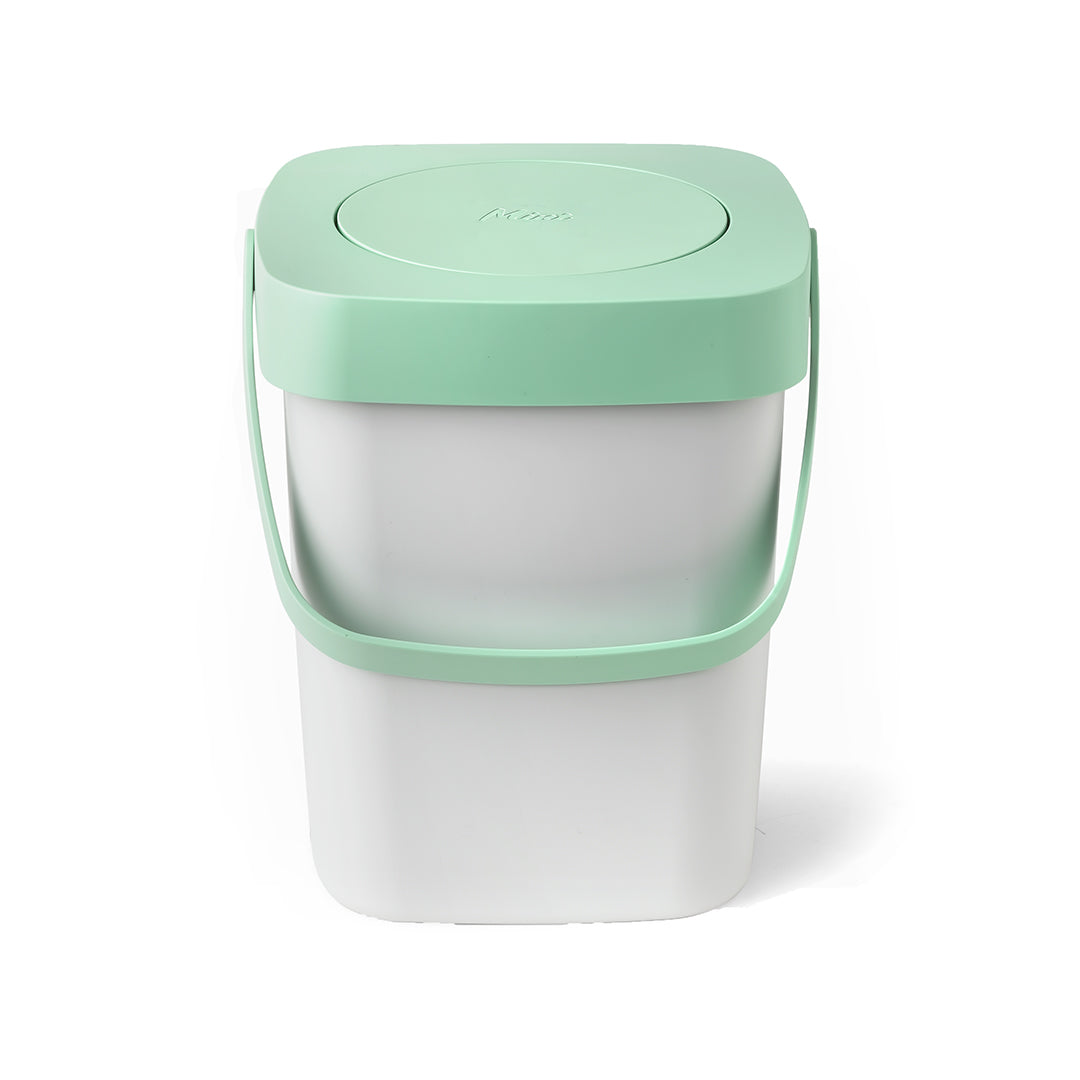An organic resource
A real energy resource, organic waste is the new green gold. Composed of 90% water and too often poorly sorted, it ends up in the incineration plant. At full power, the furnaces burn water.
An inconceivable waste of energy when you consider the resources that this waste represents. For example, they can be recycled into compost, a rich fertilizer packed with nutrients for the soil. We also turn it into biogas, a 100% renewable energy source. In Geneva, the Châtillon site creates biogas. Its methanization unit converts your kitchen waste into energy.
Biogas and compost production stages
Sorting, collection, transport
Sorted green waste is collected from local authorities, sorting centers and businesses. They are sent to a recycling center.
Production of renewable energy and compost
On arrival at the recycling center, the waste is weighed and sorted. They are divided into two categories: dry waste and wet waste.
Dry green waste
Branches, dead leaves and other tree trimmings, for example, are transformed into compost. In the form of what are known as andins, the waste is dried. They are then screened. This step removes the inevitable impurities. The compost produced can vary in grain size and quality. It is then used by individuals and farmers to feed their land.
Wet green waste
Grass, peelings and other kitchen waste are destined to create renewable energy. Containing up to 90% water, this waste is placed in a digester. In the latter, waste is transformed into biogas through a methanization process. This can then be converted into electricity and heat.

